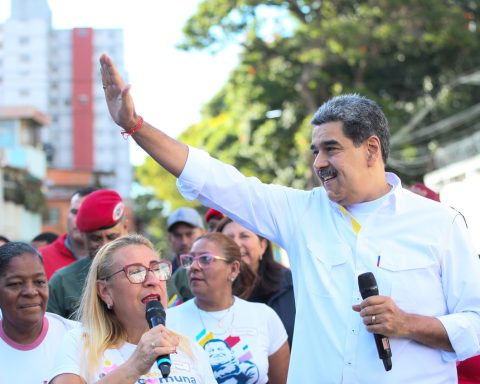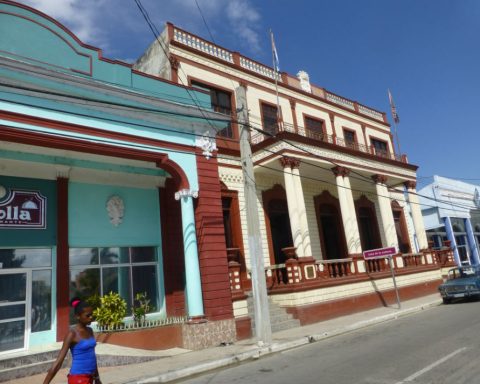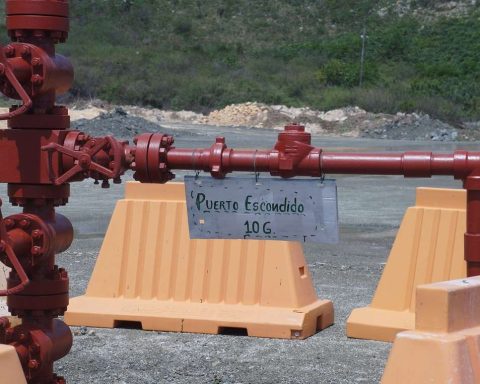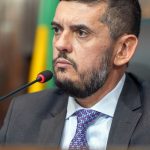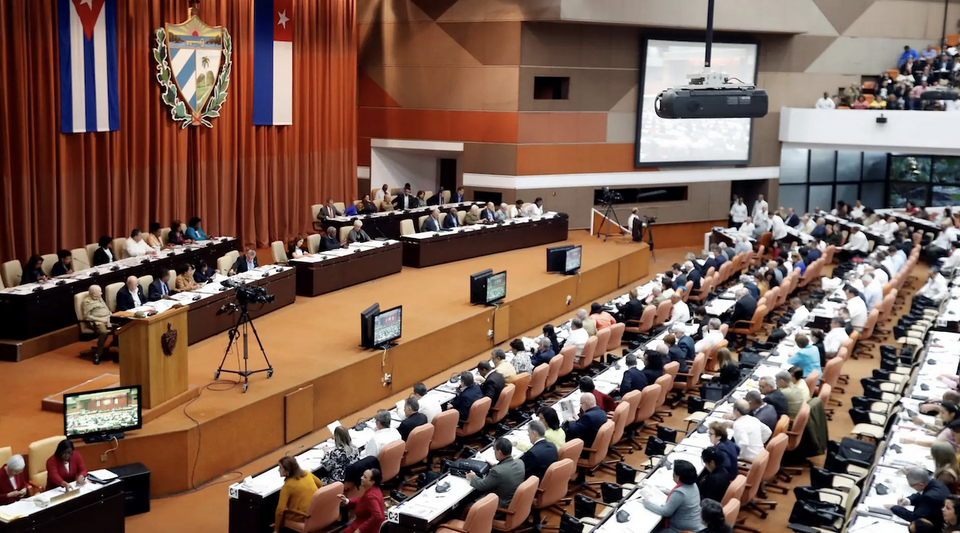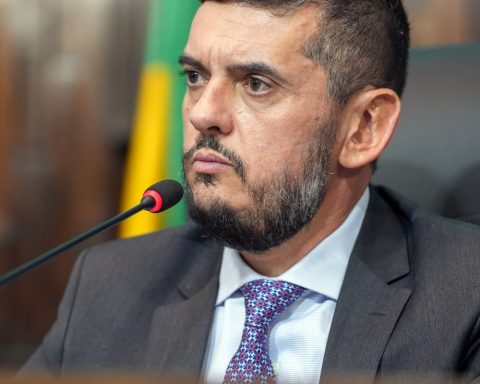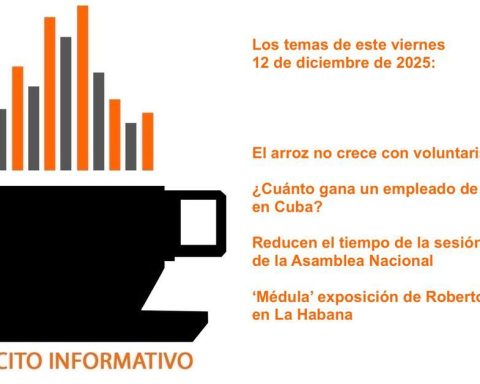The Minister of Energy and Mines, Vicente de la O Levy, asserted before the National Assembly of People’s Power (ANPP) that by the end of this December the blackoutswhich the Island has suffered severely, will decrease to an average of less than “three hours” a day, a forecast that does not exclude days free of power cuts.
“Currently, only the service is affected during the night rush hour, which starts at five in the afternoon and lasts approximately two hours,” added de la O Levy during his appearance at the Tenth Regular Session of Parliament.
The Minister of Energy and Mines, Vicente de la O Levy, confirms improvements in the national electrical energy system, in a session of the @Cuba Assembly
According to estimates, at the end of December there may be days without affectations in the 24 hours pic.twitter.com/t5ek9B6Hze– Alberto López Díaz (@AlbertoLopezVC) December 12, 2022
The official highlighted the progressive decline in affectations in recent weeks, after its worst moment with the passage of Hurricane Ian, in September. The cyclone left the country with virtually no electricity for almost a week, a situation that once again triggered protestsespecially in the capital.
In summary, according to data that public the official journal Granma1,364,664 customers were affected by this cause, “which made it necessary to allocate 4,860 electrical workers to recovery for more than a month.”
According to De la O Levy, the most critical point of the current energy crisis was reached in the first half of October, with a peak of affectation that exceeded 10 hours of blackout. Generation availability then fell to 37.9% of installed capacity. However, in the month of November they were able to cover the demand for 23 days, a situation achieved in December, except for the first day.
This has been possible, explained the minister, thanks to the fact that the Island has been able to import different materials from abroad to repair breakdowns and maintain its thermoelectric plants, which generate almost half of the necessary energy.
CAUSES OF THE CRISIS
The situation of the electrical system has been deteriorating since 2021 due to a large extent, and in the words of the minister, to the US sanctions, which increased the difficulties in accessing international markets. The high cost of importing fuel and the material needed to run the power plants also had an influence.
De la O Levy meant that each year approximately 250 million dollars are required for the maintenance of the National Electric System (SEN), a figure that does not include the cost of fuel or investments for this industry.
Along with this, “the impact of COVID-19 conditioned the majority of the country’s financial resources to be allocated to the development of vaccines to control the dangerous pandemic, which resulted in one of the great victories of Cuban science.”
According to his words, this year three contingencies were added: the fires of two thermoelectric plants in March and July, the one at the Supertanker Base in Matanzas, in August, and, finally, the hurricane at the end of September.
Estimated growth of 2% in 2022 leaves the Cuban economy far from pre-pandemic levels
To minimize the impact on the population of electricity service cuts, one of the first measures was to affect the rest of the production sectors in the economy, including industry, shops, services and other non-vital activities, recalled De la Or levy.
This, according to the Minister of Economy, Alejandro Gil, who had spoken at the ANPP in the morning, also harmed the public in another way because there is less production and supply, which fuels scarcity and inflation.
Efe/OnCuba.



